
PORTRAIT OF POST WAR ASIA IN PERSPECTIVE OF YMO + «RED STAR PIN» 3D MODEL
JAPAN — A POST WAR STATE
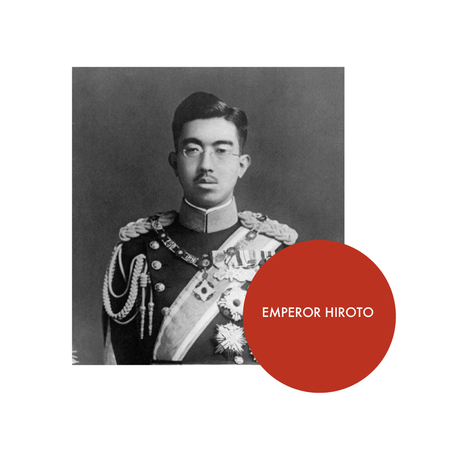
At the end of World War II, Japan was a broken state. Their industries and institutions were completely devastated, and worse, their very sense of self was brought to its knees. «The Jewel Voice Broadcast» literally destroyed every bit of identity and purpose that the Empire of Japan had set for itself.
«…The hardships and sufferings to which our nation is to be subjected hereafter will certainly be great. We are keenly aware of the inmost feelings of all you, our subjects.
However, it is according to the dictate of time and fate that we have resolved to pave the way for a grand peace for all the generations to come by enduring the unendurable and suffering what is insufferable…»
(Emperor Hirohito, «The Jewel Voice Broadcast», 15.09.1945)

Even though perspectives for future in eyes of Japanese people were hard and insufferable, things have changed drastically. Throughout the 60s, 70s and 80s, Japan experienced almost unprecedented rates of economic growth until the country became one of the most formidable economic players in the world by the mid-80s.
«In the wake of the brutal devastation of their native Japan at the hands of the atomic bomb, technology became a tool for progress and reconstruction, a medium by which the nation was able to find booming economic growth in the years to come.»
(Rob Arcand for Vice, 2017)

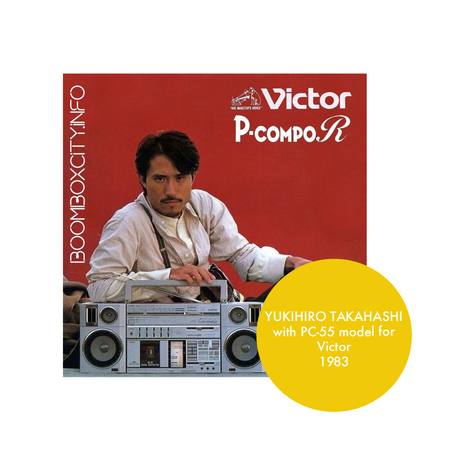
Companies such as Honda and Sony have established dominance in global markets. Shortly thereafter, Japanese synthesizer manufacturers such as Yamaha, Roland, Korg, and Victor debuted on the global market and quickly displaced industry pioneers such as Moog and Arp (which was partly YMO’s achievement). Tech giants have begun to target the audio enthusiast market with increasingly sophisticated mini-components.

The Roland MC-8 Microcomposer, presented in 1977, is widely considered the first standalone, microprocessor-based sequencer. The MC-8 could sequence thousands of notes, rather than the limitations of 8 and 16-step sequencers. This represented a dramatic shift in music creation in the decades to come. Yellow Magic Orchestra was the first band to feature the Roland MC-8 Microcomposer.
Although Japan’s technological leap has led to leadership on the world stage, Japanese cultural institutions have not achieved their own identity. Questions remain about what it means to be Japanese. Not only in a limited sense, but throughout Japanese life as Western culture and multinationalism began to penetrate the country. An obsession with jazz music and French yé-yés began to shape communities of Japanese urbanites with a complex musical palette and distant postmodern notions of Japanese identity.
RYUCHI SAKOMOTO
«Right after the Japanese cars and Japanese TVs invaded the West, you’d expect Japanese culture would come after that.»
(Ryuchi Sakomoto)
As a child, Sakamoto became a composer as soon as he started playing piano—some say at three years of age—with less than a year’s pause from the work, at the age of thirteen, when he decided to join a basketball team briefly. His father was a book editor and conservative. (In the nineties, he stomped out of a concert hall when he discovered that his son had dyed his hair blond.) The teen-age Sakamoto attended Tokyo University of the Arts, where he studied music compositions such as classical music, developed his expertise in piano playing, and started an interest in experimental music (more specifically in dealing with electronic equipment, such as synths).
«I have an interest in Hawaiian culture, that mix of Western, Eastern, Chinese, Japanese, Polynesian, and American. And also that fake image of Asian culture, exotic, typical stereotype image which Americans created in Hollywood!»
(Ryuichi Sakamoto for The Wire, 1994)
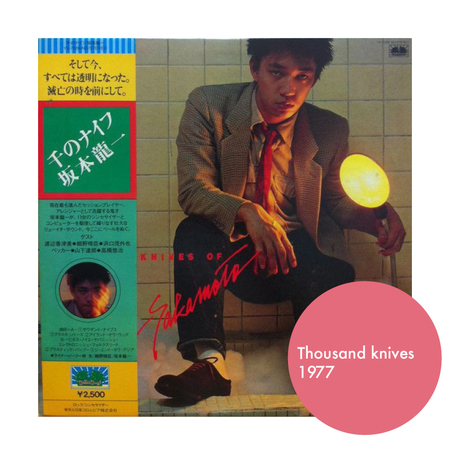
As a result of his experiments, Sakomoto’s debut album «Thousand knives» was released in 1977 (the same year as YMO self-titled debut album was released). Each of Thousand Knives’ six pieces swerves with a deft touch through complex arrangements, playful voicings, and cheeky key changes.
The closing song’s title, «The End of Asia, ” evokes a number of interpretations: Japan had not so long ago been devastated by the atomic bomb. The influx of the West was radically changing society, and in Japan the economy was exploding, thanks to the surge of technological production that provided many of the instruments Sakamoto used on Thousand Knives. Then again, in line with YMO’s inversion of exotica, perhaps „The End of Asia“ refers to the death of a hazy, romantic dream of the Orient.
YUKIHIRO TAKAHASHI
If Hosono was «the ideas man» and Sakamoto «the professor», then Takahashi was something else entirely: «I was the populariser, the communicator»
(Yukihiro Takahashi told The Guardian in 2008.)

The drummer and fashion designer Yukihiro Takahashi, often called «Mr. YT» by fans, formed a band in 1972 called the Sadistic Mika Band. From 1972-1975 the group would drop three albums. Out of the three, Black Ship would be their most successful album which was produced by Chris Tomas who had done work with the Beatles (The White Album and Abbey Road), Pink Floyd (Dark Side of the Moon and The Division Bell), and later with the Sex Pistols (Never Mind the Bollocks), Elton John (Eight of his albums), and many other great artists.
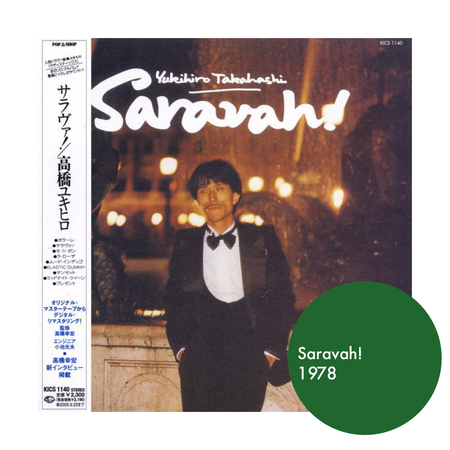
Following the break-up of Sadistic Mika Band in the late 70s, Takahashi released his first solo album Saravah! in 1978 — a rich, genre-fluid classic that mixed disco, bossa nova and French exotica. The music was completed with the help of musicians such as Ryuichi Sakamoto and Haruomi Hosono, Takahashi’s new bandmates with the group Yellow Magic Orchestra.
«We learned that we didn’t have to be conscious of sounding oriental. When the Mika band toured in the UK the kind of fashion, we were also incorporated elements from Asian culture. I already had my own fashion label back then and I was wearing my own clothes in the band. in Paris, Japanese designers like Kenzo and Issey Miyake were getting a lot of attention and some of my costumes were by Kenzo. We felt that we didn’t need to explicitly express Asian elements in our music because even if we tried to imitate western musicians our music ended up sounding oriental to western listeners. ”
(Yukihiro Takahashi for SunEye Radio, 2020)
HARUOMI HOSONO
«Yellow magic was halfway between white magic and black magic. Actually, it’s a stupid name, isn’t it?»
(Haruomi Hosono for The Guardian, 2008)
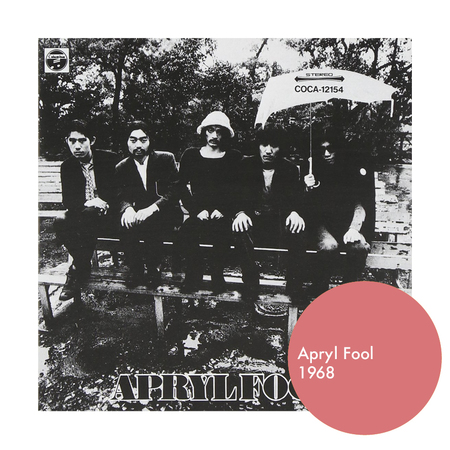
Haruomi Hosono, referred to as «Ontai» by members, is the bass player and leader of the group, and came up out of the three as the most established member. In 1969, he was part of the Japanese Psychedelic-Rock Group Apryl Fool who would drop their first and only self-titled album.

Apryl Fool group would eventually disband and Hosono would eventually help form the noteworthy Folk-Rock group Happy End. They would be noted as not only one of the most influential artists in Japanese music, but the first ever Japanese rock group to sing in Japanese tongue during the time.
All of a sudden, I remembered listening to Martin Denny when I was in elementary school. S-Ken (Tadashi Tanaka) gave me a Martin Denny cassette he’d copied from illustrator Yosuke Kawamura’s collection, and it turned my world upside down.
(from the book Haruomi Hosono and his Time)
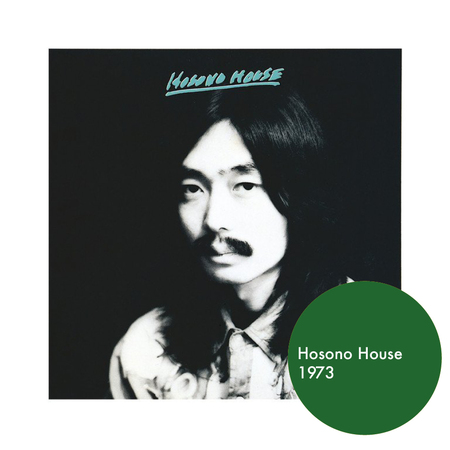
Hosono would continue on his musical journey by releasing solo work, with his first solo album released in 1973, titled Hosono House. From this point on Hosono would venture into the style of Exotica, a genre which grabs its sounds from regions such as Hawaii, Africa, Polynesia, the Caribbean, and many others. The term «Exotica» was coined by Simon «Si» Waronker, Liberty Records co-founder and board chairman, named after the 1957 Martin Denny album. Also during this time he would focus on experimenting with Electronic sounds as music technology is being developed.

For the kitsch factor, few genres in the history of popular music can match Exotica. Reaching its peak in the post-war period, the genre was often a fascinating mixture of high concept and low concept, a combination of the sounds of the South Pacific and the Orient that many people «imagined» these islands to be. Exotica comes from fantasy and speculation, but the stereotypes of the genre are rooted in a specific historical context. His images and sounds reflect the post-war American culture in which he rose to prominence. As Hosono stated, Martin Denny’s music and Exotica in general had a significant influence on Hosono perspective on Japanese culture and changed his musical outlook.
«Martin Denny is the music that changed my constitution. Even in Tokyo, I felt crazy when I heard his carefree 'Sake Rock', something that Japanese people could never create.»
(from the book Hosono Sightseeing 1969-2019
«A lot of aspects of Japan that I’d viewed as negative began to appear in a different light. They became interesting. For the first time I was observing things through the eyes of a stranger. After that, I could not listen to ordinary pop music anymore.»
(from the book Hosono Sightseeing 1969-2019)
With that in mind, Hosono’s concept of YMO evolves around idea of subverting original stereotypical roots of exotica by showing oriental «self-portrait» to western audience and playing on tropes of «mysterious east», utilizing visual references, that post-war American culture were using as attributes of «real orient».
«The thing was to take these western ideas of the exotic, but to subvert them. With Martin Denny, the exotica is kind of fake. But I am real! I am the target of that western exotica. So what I wanted to make was exotica from an oriental perspective.»
(Haruomi Hosono for The Guardian, 2008)
ORIENTAL «SELF-PORTRAIT»
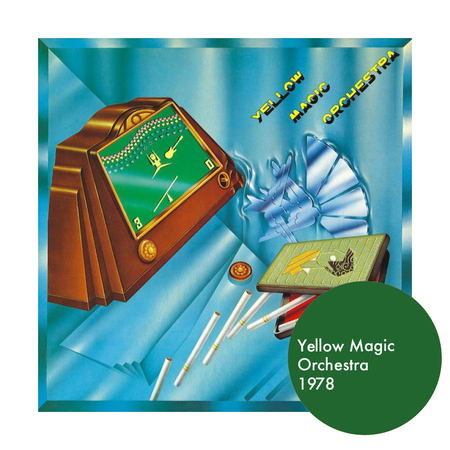
True to that mixological mindset, YMO’s first single was a cover of Martin Denny’s Hawaiian exotica classic «Firecracker» released in YMO’s self-titled album in 1978.
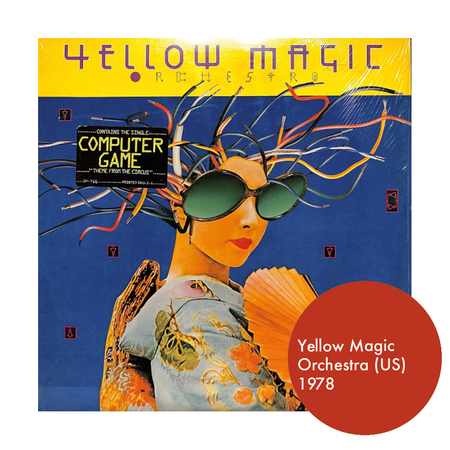
The cover of YMO’s self-titled 1978 LP showcases this stereotypical vision of Japan. It portrays a geisha girl in a colorful kimono, holding a fan and wearing sunglasses. Her hair flies everywhere, like Medusa, but instead of snakes, her hair is made of wires.

YMO mischievously played on tropes of the «mysterious east» and early Reagan-era fears of a Japanese economic takeover, while dressed in Mao-style boiler suits or garish, cyborg-like new wave fashions.
«Japanese people thought we were Chinese, we wore red Mao suits. Takahashi was also a fashion designer.»
(Ryuchi Sakamoto)
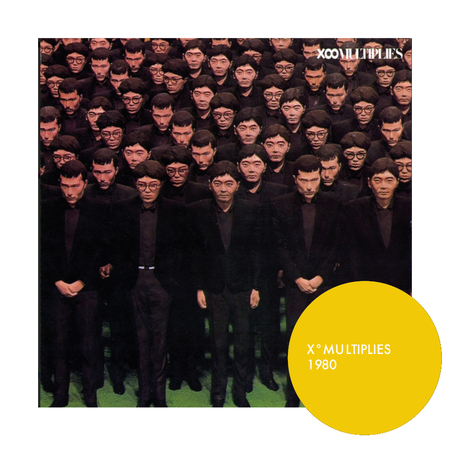
YMO played with this image of being faceless Asian cyborg invaders. The cover of their 1980 mini album X∞ Multiplies shows an ominous army of Japanese businessmen who all look the same.
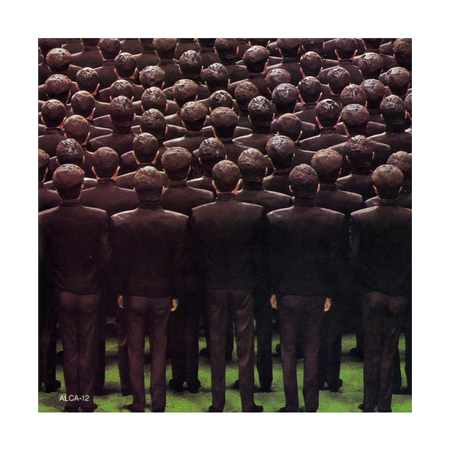
Between the tracks we can hear comedy skits by Snakeshow. These skits evolve around the theme of racism and cultural barriers between West and Orient. Sometimes in a really rude and inappropriate form.
" — Actually, the Japanese people are crazy! Japanese is like pigs! Japanese is like-like-like monkey! Short-legged, you know, and yellow monkey! Do you understand Mr. Ohira? Do you understand?
— Uhhh… No Hahahahaha (in unison)»
(SNAKEMAN SHOW 2 from X∞ Multiplies)

YMO’s debut on Don Corneliuses «Soul Train» (it was also their first debut on American television) has really shown their ability to play on stereotypical tropes by almost immediately proclaiming that they’re the new number one in a caricature accent during a time of serious fearmongering about Japan’s rise as a technological and economic superpower.
«Hi, everybody! We are YMO, from Tokyo, Japan! We don’t sightsee, we dance, you understand?»
(TIGHTEN UP from X∞ Multiplies)
«YMO went on to investigate the tides and shapes of culture through the '80s and '90s. The band did so through the lens of music and its surrounding technologies.»
(Yuji Tanaka)
«RED STAR PIN» 3D MODEL


